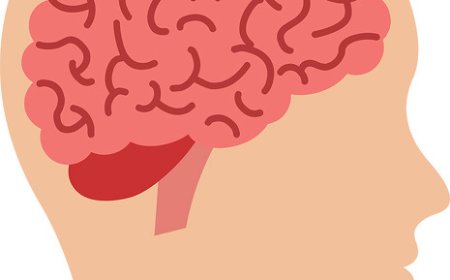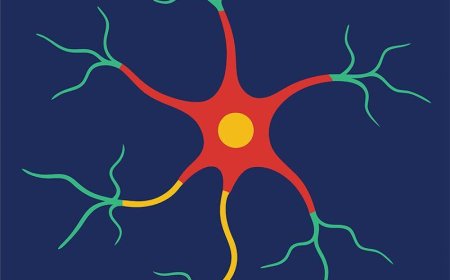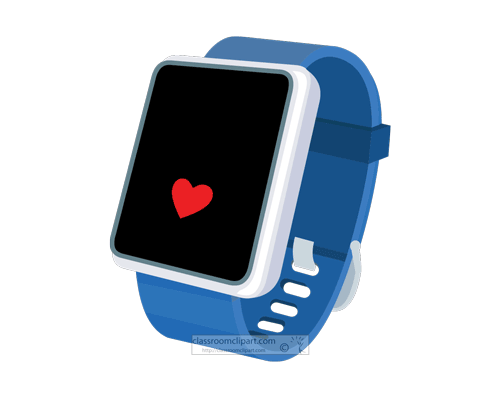The Heart: How Your Body’s Most Powerful Muscle Keeps You Aliv
Explore the structure and function of the heart in this student-friendly article for ages 8–16. Learn how the heart pumps blood, controls your pulse, and keeps you alive. Includes quiz, vocabulary, and a kid-friendly summary.
🫀 The Heart: How Your Body’s Most Powerful Muscle Keeps You Alive
The human heart is much more than a symbol of love—it's an incredible, hardworking muscle that beats non-stop to keep you alive. Every time it pumps, it sends blood full of oxygen and nutrients throughout your entire body, helping your cells get the fuel they need to work properly.
Although it’s only about the size of your fist, the heart is strong enough to pump blood through more than 60,000 miles of blood vessels. It beats around 100,000 times every day, pushing nearly 2,000 gallons of blood through your body. Even when you sleep, your heart keeps working—quietly but powerfully—around the clock.
🫀 The Structure of the Heart
The heart is a hollow, muscular organ made of cardiac muscle tissue. It is located in the center of your chest, tilted slightly to the left, and protected by your rib cage.
Inside, the heart is divided into four chambers:
- Two atria (upper chambers): receive blood
- Two ventricles (lower chambers): pump blood out
The right side of the heart deals with oxygen-poor blood, and the left side deals with oxygen-rich blood. This separation is important—it keeps oxygenated and deoxygenated blood from mixing.
Between these chambers are valves that act like doors, making sure blood flows only in one direction. The four main valves are:
- Tricuspid valve – between the right atrium and right ventricle
- Pulmonary valve – between the right ventricle and lungs
- Mitral (bicuspid) valve – between the left atrium and left ventricle
- Aortic valve – between the left ventricle and the body
These valves open and close with each heartbeat, creating the familiar “lub-dub” sound.
💓 How the Heart Works
Each heartbeat is part of a cycle called the cardiac cycle. This cycle has two main phases:
- Diastole – The heart relaxes and the atria fill with blood.
- Systole – The heart contracts, and the ventricles pump blood out.
Blood moves through the heart in a specific order. Here's how it flows:
- Blood from the body enters the right atrium.
- It flows into the right ventricle, which pumps it to the lungs.
- In the lungs, blood picks up oxygen and releases carbon dioxide.
- Oxygen-rich blood returns to the left atrium.
- It moves into the left ventricle, which pumps it out to the rest of the body.
This process is called double circulation:
- One loop (pulmonary circulation) goes to the lungs.
- The other loop (systemic circulation) goes to the body.
This double-pump system is what keeps every part of your body supplied with fresh, oxygen-filled blood.
⚡ The Heart’s Electrical System
The heart has its own built-in electrical system. It uses electrical signals to tell the muscles when to contract and when to rest.
The signal starts in a small area called the sinoatrial node (SA node), also known as the natural pacemaker. This signal spreads through the atria, causing them to contract. It then passes through the atrioventricular node (AV node) and moves to the ventricles, which contract next.
This process happens around 60 to 100 times per minute in a resting heart. The rhythm can speed up during exercise or stress and slow down during rest or sleep.
🏃♀️ Keeping the Heart Healthy
Because the heart works so hard, it’s important to take good care of it. Healthy habits keep the heart strong and reduce the risk of heart disease.
Good heart habits include:
- Eating heart-healthy foods, like fruits, vegetables, and whole grains
- Getting regular exercise, like walking, biking, or playing sports
- Drinking plenty of water to help blood flow
- Avoiding smoking or vaping, which can damage heart and blood vessels
- Getting enough sleep to let your heart rest and recover
- Managing stress, which can affect heart rhythm and blood pressure
Even kids and teens can start heart-healthy habits now that last a lifetime!
🎉 Fun Facts About the Heart
- Your heart beats about 35 million times a year
- It starts beating about 3 weeks after you're conceived—even before you're born
- Women’s hearts beat slightly faster than men’s
- The heart can still beat outside the body (for a short time) if supplied with oxygen
- Your heart creates enough pressure to squirt blood over 30 feet
🧠 Vocabulary
- Atrium – An upper chamber of the heart that receives blood
- Ventricle – A lower chamber of the heart that pumps blood
- Valve – A flap that prevents blood from flowing backward
- Cardiac muscle – Special muscle found only in the heart
- Pacemaker (SA node) – A group of cells that controls the heartbeat
- Systole – The phase when the heart contracts
- Diastole – The phase when the heart relaxes
- Double circulation – The two loops of blood flow (to the lungs and the body)
- Systemic circulation – Flow of blood to the body
- Pulmonary circulation – Flow of blood to the lungs
✅ Interactive Quiz: Heart Smart!
1. How many chambers does the heart have?
A. 2
B. 3
C. 4
D. 5
✅ Correct Answer: C
2. What is the job of the atria?
A. Pump blood to the body
B. Receive blood
C. Store oxygen
D. Make blood cells
✅ Correct Answer: B
3. Which valve separates the left atrium and left ventricle?
A. Tricuspid
B. Pulmonary
C. Mitral
D. Aortic
✅ Correct Answer: C
4. Where does oxygen-rich blood come from?
A. The brain
B. The lungs
C. The liver
D. The muscles
✅ Correct Answer: B
5. What tells the heart when to beat?
A. The spine
B. The bones
C. The pacemaker (SA node)
D. The stomach
✅ Correct Answer: C
6. Which side of the heart pumps blood to the lungs?
A. Left
B. Right
C. Top
D. Center
✅ Correct Answer: B
7. What type of muscle makes up the heart?
A. Skeletal
B. Smooth
C. Cardiac
D. Voluntary
✅ Correct Answer: C
8. What is the “lub-dub” sound you hear with a stethoscope?
A. Blood sloshing
B. Valves opening and closing
C. Lungs expanding
D. Nerves firing
✅ Correct Answer: B
9. What helps push blood out of the heart?
A. Valves
B. Pacemaker
C. Muscle contractions
D. Bones
✅ Correct Answer: C
10. How can you keep your heart healthy?
A. Eat junk food
B. Avoid movement
C. Smoke to relax
D. Exercise and eat healthy
✅ Correct Answer: D
🧒 Kid-Friendly Summary
Your heart is an amazing muscle that never rests. It pumps blood all over your body, giving your organs the oxygen and nutrients they need. With four chambers, strong valves, and its own rhythm, your heart is the engine of your circulatory system—and taking care of it keeps your whole body strong and healthy!




















































